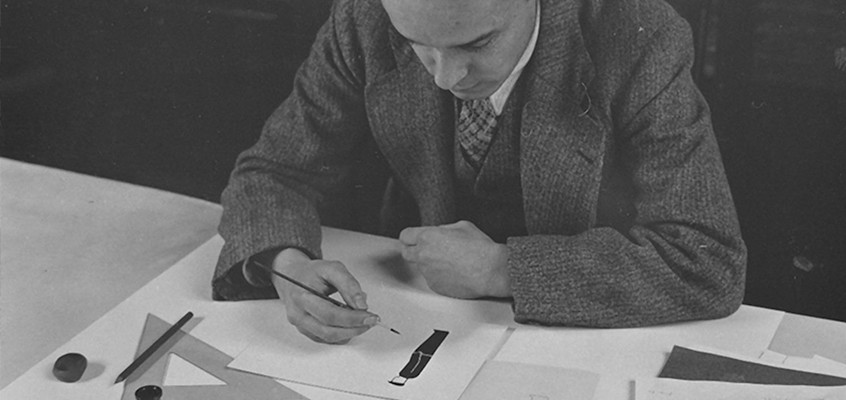
After attending school in Vienna, Otto Neurath, born in 1882 as the son of the social-reform economist Wilhelm Neurath, studied mathe- matics, natural sciences, national economics and history at the uni- versities of Vienna and Berlin. He wrote two dissertations on ancient economic history, receiving a doctorate phil. summa cum laude. In 1906 he absolved his military service and became a teacher for national economics at the Wiener Handelsacademy. In 1907, he mar- ried the women`s rights activist Anna Schaphire, who died after giv- ing birth to their son Paul. In 1912, he marries the blind mathemati- cian Olga Hahn, with whom he published articles on mathematics before World War 1. During this time the “First Viennese Circle” was founded with Hans Hahn, Olga`s brother, Phillip Frank, brother of the architect Josef Frank, and Richard von Mises, engaged in scien- tific and philosophical discourse. Before 1914, Neurath published his first articles on his theories on “war economics” and on the economic situation in the Balkan states. A number of study trips were financed by a grant awarded by the Carnegie Foundation For International Peace. After serving on the East Front and in Vienna in World War 1, Neurath was appointed director to the German War Museum in Leipzig and parallel to this worked in the war economy department of the War Ministry in Vienna. During this time he developed his the- ory and practice of graphic representation of socio-economic rela- tions and his natural science models. In 1917, he was appointed pri- vate lecturer in political economics at the University Of Heidelberg, a position, which due to his war service and his involvement in the Munich revolutionary government, he was never able to exercise. As president to the Central Economic Office in Munich, Neurath tried to apply his theories on full socialization. As the movement was sup- pressed Neurath found himself sentenced to one and a half years of
imprisonment, “aiding and abetting high treason”. Due to Otto Bauer`s intervention, Neurath was able to evade his sentence. Returning to Vienna, Neurath became involved in Social Democratic communal politics and as a consequence in the Viennese Settlements and Allotment Gardeners Movement, still aiming to apply his theo- ries of full socialization. After being involved in the first settlers exhibitions in front of Vienna City Hall in 1921, Neurath founded the Museum for Settlement And City Planning, which in 1924 became the Social and Economic Museum of which he was appointed direc- tor. Supported by an interdisciplinary team, Neurath began to develop the “Viennese method of pictoral statistics”, which later became known as the “Isotype Pictorial Language”. During this time, Neurath also resumed his pre-war engagement with the Vienna Circle, togeth- er with Rudolf Carnap and Hans Hahn, publishing the manifesto Wissenschaftliche Weltauffassung: Der Wiener Kreis (Scientific World View: The Vienna Circle) in 1929 and founding the “Verein Ernst Mach” (1928-1934) serving the popularisation of the Vienna Circle bound to the Vienna school reform and the adult education program.
